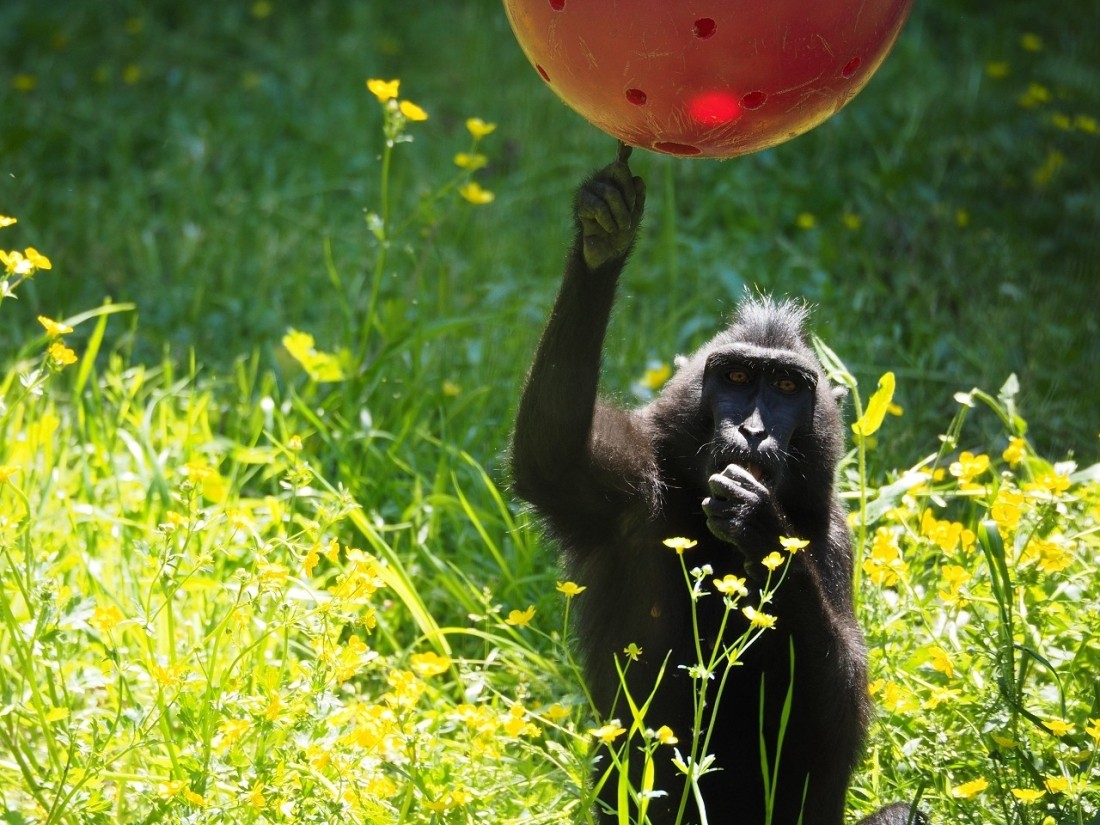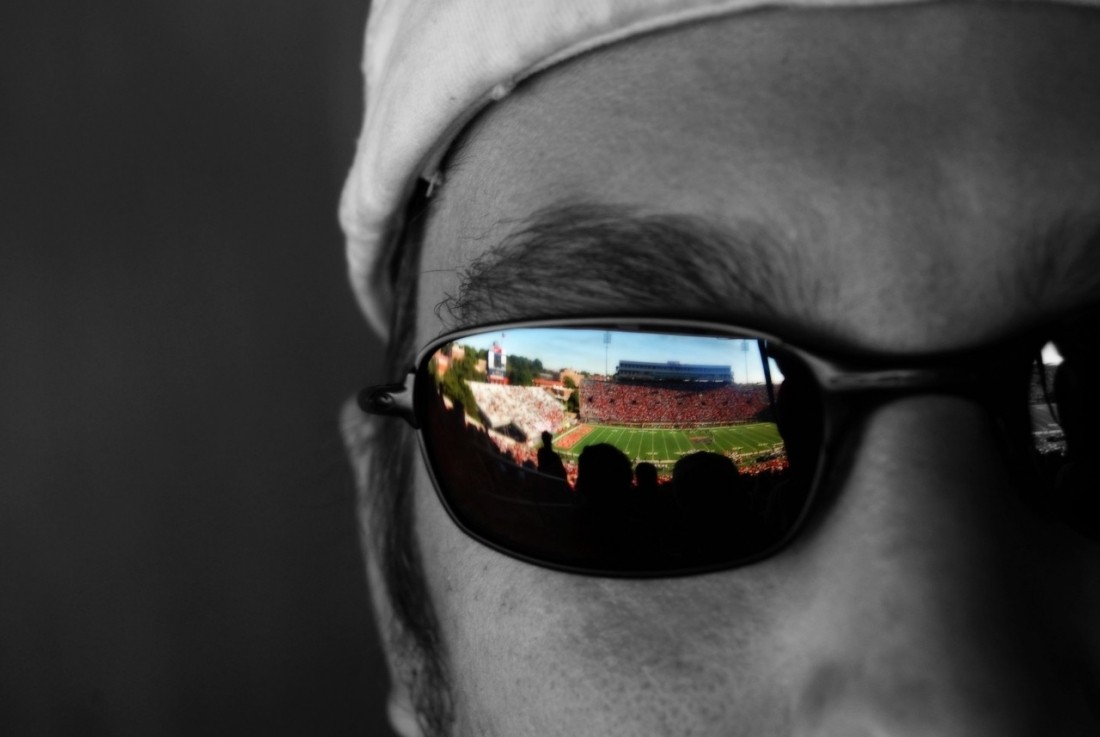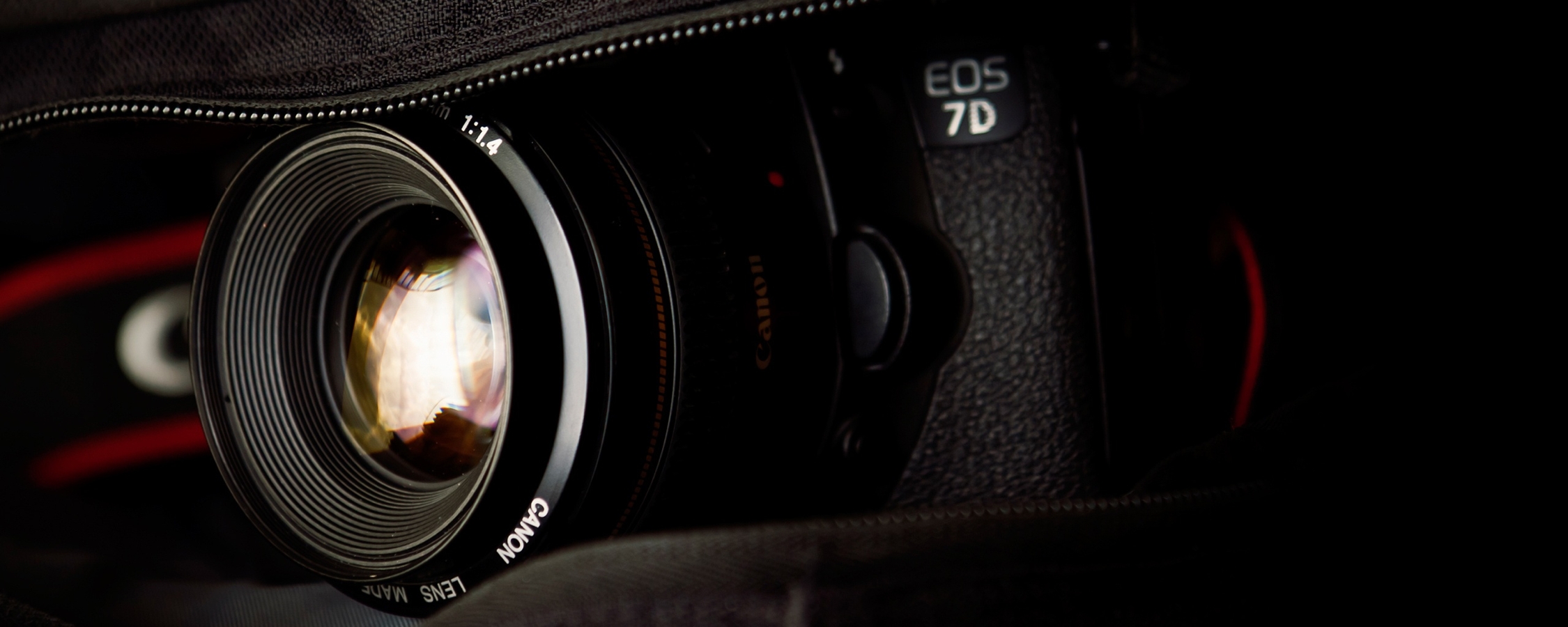Google recently said it best: photos are more than just pixels. They're moments in time we'll never want to forget. Memories fade but the images you capture with friends and family last a lifetime.
When one of my best friends unexpectedly died last year, his family turned to me for photos to use in the slideshow that would play during the visitation. Camera-equipped smartphones are the norm these days and as such, there was no shortage of pictures to choose from. Inevitably, this also meant his loved ones were left with a collection of mostly low-quality cell phone photos to remember him by.
I learned at a very early age that photographs are often all you have to remember someone by. When I was young, my aunt was always snapping photos of my cousins and I when they'd come to visit or during special occasions. I never really cared to have my picture taken but in hindsight, I'm thankful she was a shutterbug and believe it partially sparked my interest in photography.
Consumer digital cameras were just starting to come around by the time I hit high school in the late '90s. Up to that point, standard film cameras and disposables were all we had to rely on. Camera phones didn't yet exist and most digital cameras offered a maximum resolution of just 640 x 480 with images saved directly to a floppy disk on select models - hardly a suitable replacement for film photography.


Camera technology advanced rapidly over the coming years and by the early 2000s, you could get a point-and-shoot digital camera with image quality that's on par to what today's mobile devices are capable of.
I was probably one of the only kids in my school with a digital camera, not because they were overly expensive, but because teenagers back then simply didn't care about taking pictures. This was largely because technology didn't yet play a key role in the lives of youth the way it does today. Facebook and Instagram simply didn't exist at this point.
Having "unlimited film" felt liberating and meant that I could snap away at whatever I wanted, whenever I wanted. I was hooked... I just didn't know it yet.
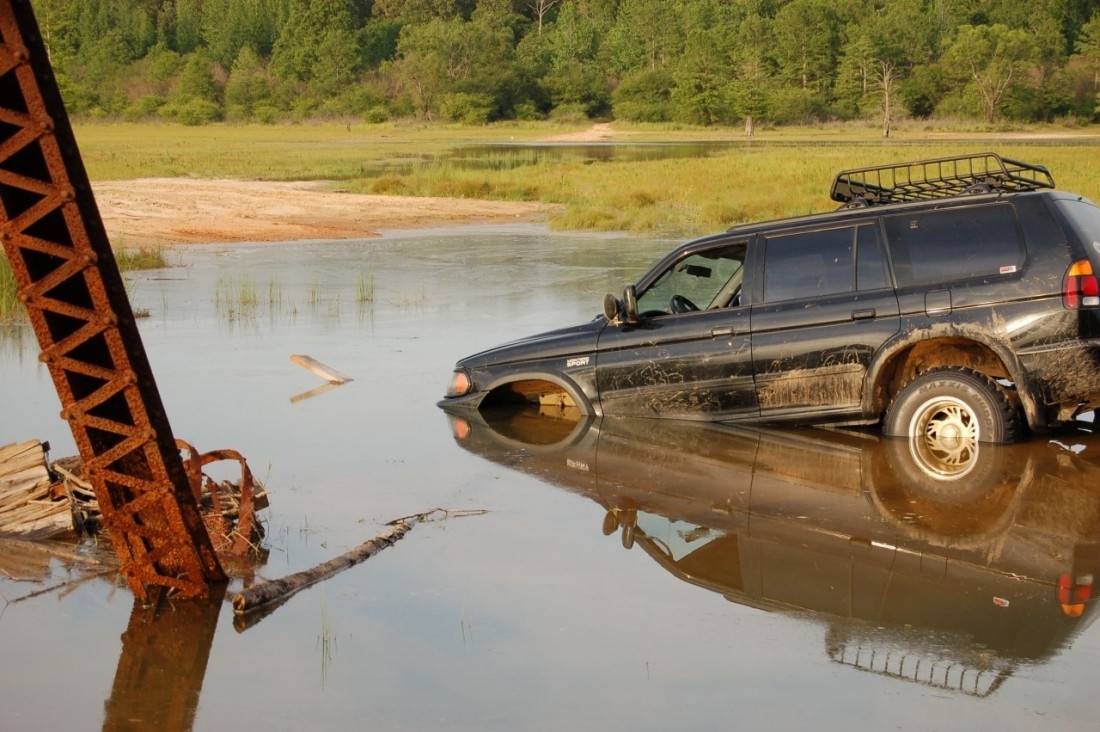


LAN party, circa 2006
Despite my early interest in taking pictures, it wasn't until early 2006 that I picked up my first DSLR. The image quality of the Nikon D50 blew me away and although I didn't know a lick about photography, I was able to capture photos that still look just fine a decade later. A couple of photography classes in college helped sharpen my skills but to be honest, much of what I learned came through trial and error and learning from articles on the Internet.
The first mobile phone to come equipped with a camera module arrived way back in 2000. It took another two years before camera phones found their way to the US. It'd be a few more years still before phones in general really gained traction but once they did, consumers were hooked on "camera phones" as they were known at the time.
By 2005, it was Nokia - not Canon or Nikon - that earned the title of world's most sold digital camera brand. Consumers were content to leave their standalone digital cameras at home and rely solely on camera phones for their imaging needs. People were essentially trading image quality for convenience, a trend that continues to this very day.
I refused to subscribe to the notion that cell phone photos were acceptable and stuck with my entry-level DSLR. For a period of about three years or so, I literally carried a camera with me everywhere I went, snapping thousands of photos in the process (I'm a few hundred pictures shy of 80,000 today). In a way, it became a part of who I was and you could almost always count on the fact that I'd have my camera with me wherever life would take me.

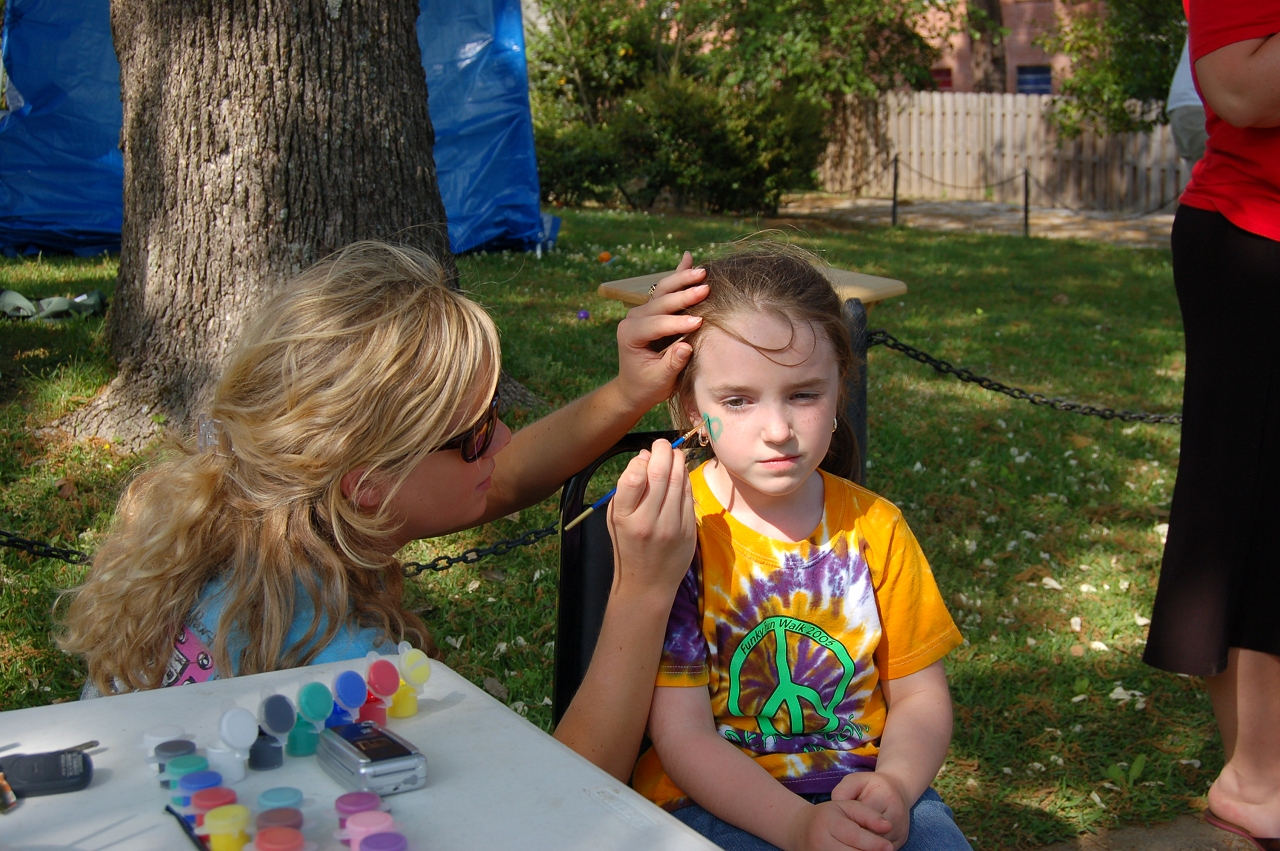
Google recently said it best: photos are more than just pixels. They're moments in time we'll never want to forget.
Depending on your age or life experiences, that may not mean much to you at this point. Having crossed into my 30s a few years back and having already lost both parents and a best friend, it certainly resonates with me. I've become much more aware of life and how fragile it is. We only have a finite amount of time to create memories and once our time is up, that's it.
Memories fade but the images you capture with friends and family last a lifetime.
I can't tell you how many times I've combed through my photo collection over the years. From driving 1,602 miles cross-country to Las Vegas with my best friends to attend CES in 2007, impromptu weekend-consuming LAN parties and vacations with close friends to off-roading in perhaps the least capable vehicle possible (a Mini Cooper), annual Super Bowl parties and various sporting events, my photos have documented it all.



It may have been inconvenient to lug around a camera all the time but in retrospect, I'm glad I had the insight and wherewithal to capture and preserve what will likely go down as some of the most important, exciting, fun and memorable times of my life.

I'm not trying to sound like a parent attempting to instill good values in their children but I want to convey the importance of what's at stake here.
Maybe it's your baby's first steps, a college graduation, that once-in-a-lifetime vacation with your friends, annual family gatherings or your daughter's wedding. Whatever it is, that moment only comes around once and I guarantee you'll be kicking yourself if all you have to remember them by is a collection of blurry, grainy, washed out, out-of-focus, Instagram filter-laden pictures from a smartphone (or worse, a tablet).
Sports Illustrated's recent cover photo of Triple Crown winner American Pharoah just before the horse crossed the finish line at the Belmont Stakes is a perfect example of our generation.

Attendees, most of which I assume are quite wealthy, paid at minimum a few hundred bucks to witness what most correctly predicted would be the first Triple Crown winner in 37 years. Rightfully so, those in stands wanted to capture the history-making moment as it unfolded yet as seen in the cover photo, everyone did so with their smartphone camera. Seriously, I can't spot a single proper digital camera in the photo.
I'm not encouraging everyone go to out and drop thousands of dollars on a 50-megapixel, cutting-edge DSLR. A respectable point-and-shoot can be had for a few hundred dollars these days or if you're alright with going the pre-owned route, there are countless DSLRs and mirrorless cameras on eBay that still have plenty of life left in them.
A decent camera that's 10+ years old is capable of producing excellent quality images, even when used in automatic mode. Furthermore, I'm not suggesting you carry it around with you at all times. Even if you only use a standalone digital camera a few times each year, it'd be worth the investment in no time as memories are priceless.


Capturing important life events with a smartphone camera is a disservice to everyone involved. Technology has afforded us the ability to preserve our lives and our memories like never before. All I'm asking is that you don't squander away the opportunity.
And who knows, you may end up finding a new hobby.
